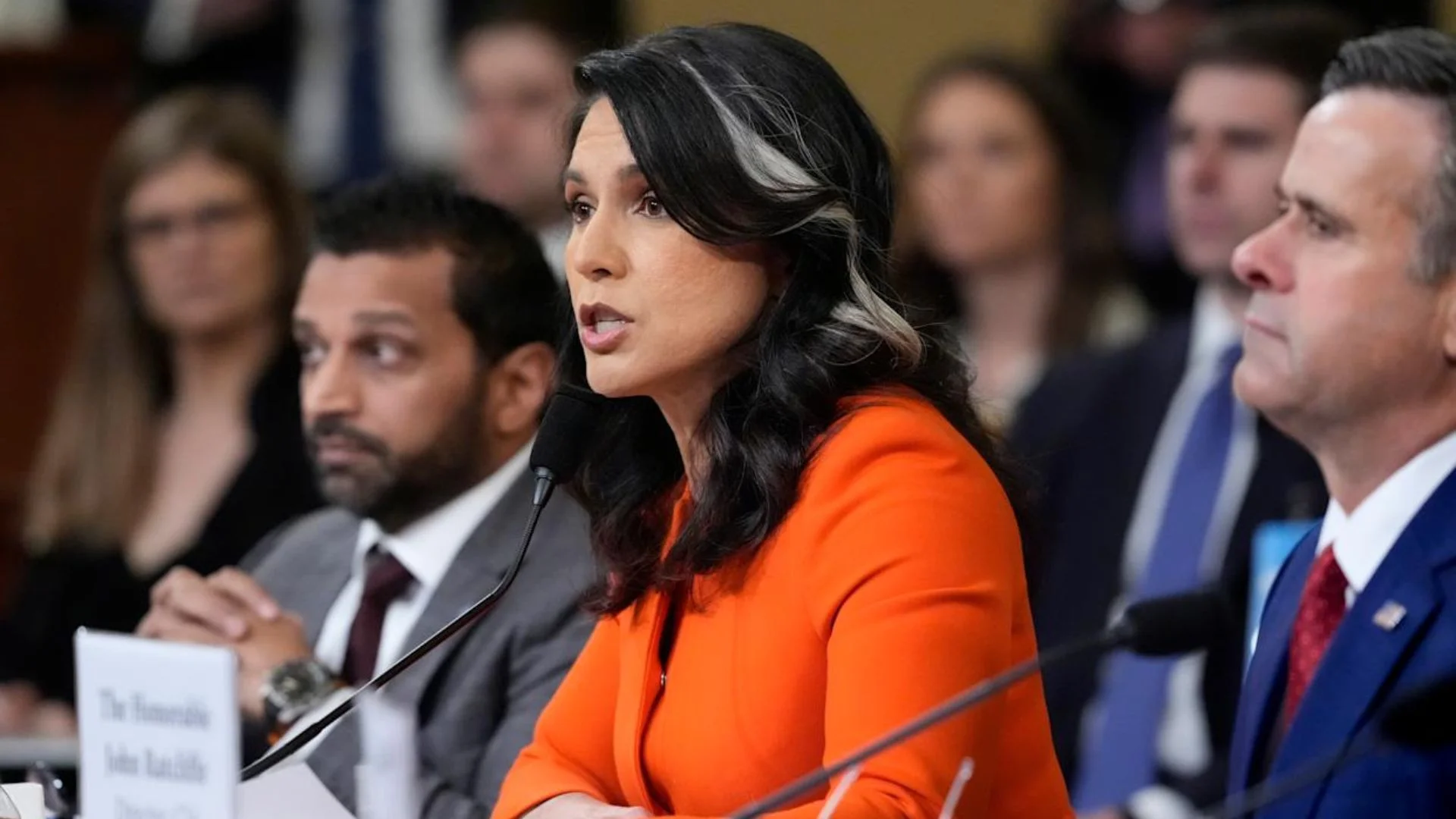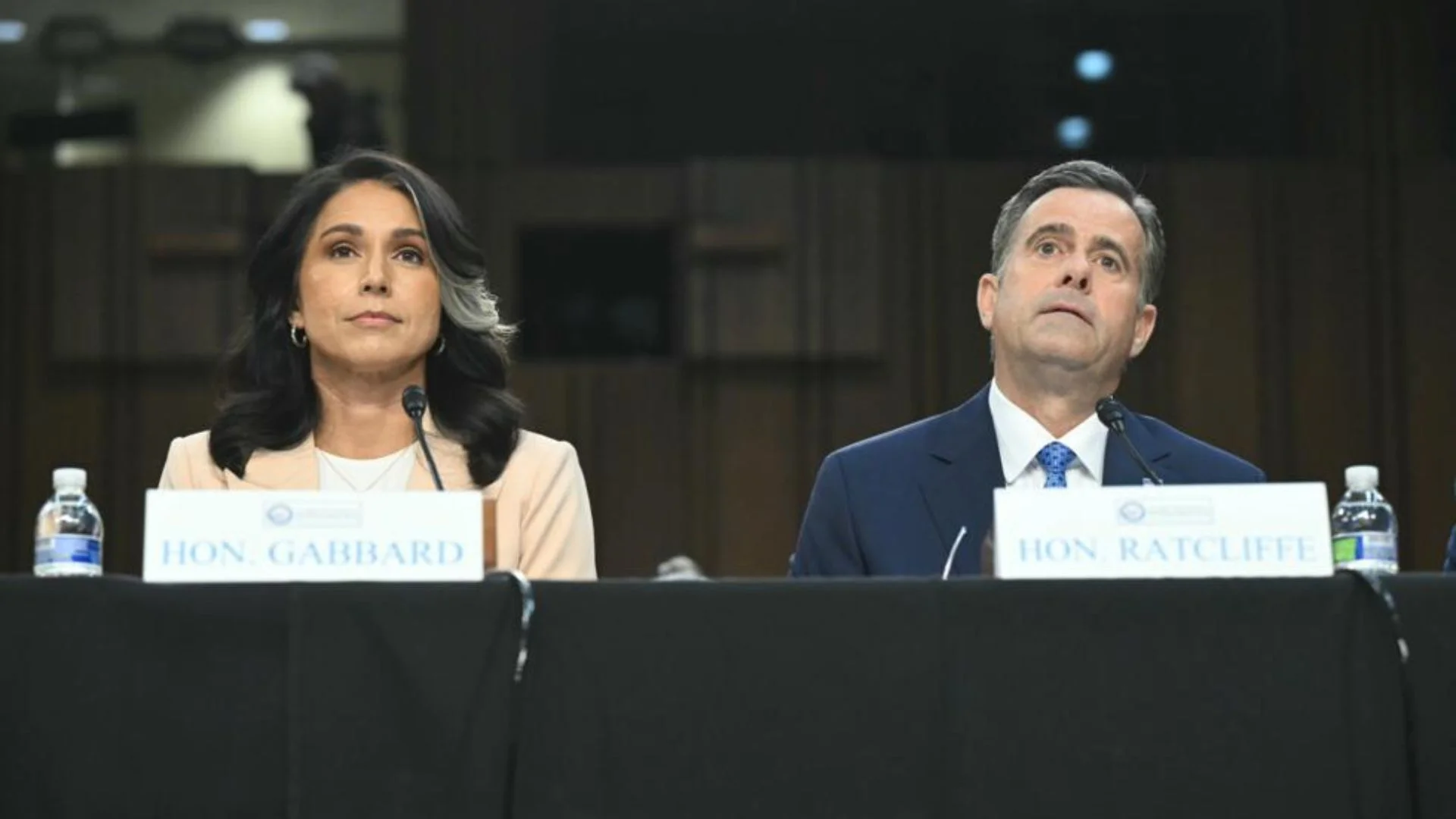The temperature has been rising unmanageably every day. The recent air-conditioner blast on the 10th level of a tall building located in Sector 100 of Noida due to a short-circuit in the air conditioner’s indoor unit, is a prime example of how things are going out of hand in this heatwave. Despite firefighters not arriving at the scene, the fire was extinguished within thirty minutes. However, there have been multiple instances of short-circuit-induced fires.
The heatwaves cannot be stopped on our own accord, but we can learn how to deal with situations in case of a fire breakout, especially for the residents living in high-rise buildings. Here are some important things to remember if you live in a multi-story residential construction, especially on the upper floors.
Regular maintenance of air conditioning units
High-rise fires often stem from poorly maintained electrical appliances, like air conditioners, a critical issue as residential areas face heavy power loads in peak summers. Munish Kumar of EHS Guru Sustainable Solutions Pvt Ltd, specializing in EHS, ESG, fire safety, and more, notes that while societies should boost power capacity for safety, many avoid it due to time and cost concerns.
Regular fire inspections must be conducted
Fire audits evaluate fire systems’ adequacy and readiness in buildings to prevent fire incidents. Experts conduct prevention drills, including thermography assessments for electrical systems. They consider electrical and fire safety risks, occupants’ emergency readiness, and emergency systems’ functionality. According to the National Building Code 2016, high-rises require biennial audits. Costs vary from ₹1-2 lakh for buildings and upwards of ₹3-4 lakh for townships, as per a fire safety expert.
Check the working conditions of smoke detectors regularly
Fire safety audits assess risks, yet many high-rise buildings have non-functional smoke detectors due to extensive interior work by residents before occupancy. Per the 2016 national building code, buildings over 30 m tall (15+ floors) must have smoke detectors inside each apartment, linked to fire control panels and sprinklers. Buildings under 15 m tall must have smoke detection systems in common areas as per the code.
Limit the use of AC
Install Fire Extinguishers in and out of apartments, train residents on usage
Install extinguishers inside and outside super high-rise apartments. Residents must know how to use them in emergencies, so resident welfare associations should hold training drills
Install gas pipeline sensors
Leakage in gas pipelines can frequently result in fires, particularly during elevated temperature conditions. Hence, the presence of sensors to detect such fires is crucial.
Use Lift during a fire?
Experts advise using lifts only for firefighters in emergencies. During fires, staircases are the safest escape routes as they’re the last to be affected by smoke due to pressure systems in high rises. Pressurization systems, like high-pressure fans in basements and terraces, are linked to smoke detectors that activate during emergencies. These fans create high-flow air zones in staircases, preventing smoke entry.
Clear staircases from obstructions
Keep common areas clear of obstructions like parked cycles or stored household items, particularly in staircases.
Kitchens and fire safety
Regular chimney maintenance prevents oil buildup, reducing fire risks in high temperatures. Societies with kitchen facilities must maintain extra fire safety measures, especially in commercial kitchens.
Role of Pools in fire safety
Legal Issues, Fire Damage Compensation, and More
A developer receives a fire safety certificate after meeting all safety norms. According to Akash Vashishtha, a Supreme Court lawyer specializing in environmental issues, this certificate is crucial for obtaining completion and other clearances. Additionally, government orders for creating water bodies for groundwater recharge can also serve emergency and water security needs during heat waves.
The owner can’t claim compensation for acts endangering safety or failing fire safety duties if they knew it could cause a fire; their claim might not be valid.
Noida‘s Chief Fire Officer Pradeep Kumar assured HT Digital that their department can handle high-rise fires well. They have fire engines capable of handling up to 20 floors and beyond. Audits in 370 housing societies found 125 lacking firefighting facilities, mostly due to pending insolvency court cases, posing a challenge.
The Noida Fire Department ordered firefighting equipment for up to 72 m fires. Rajiva Singh, NOFAA president, emphasized the fire department’s role in educating high-rise residents on fire safety. He suggested government-approved specialists and society classifications based on fire safety norms for safer living in condos.























